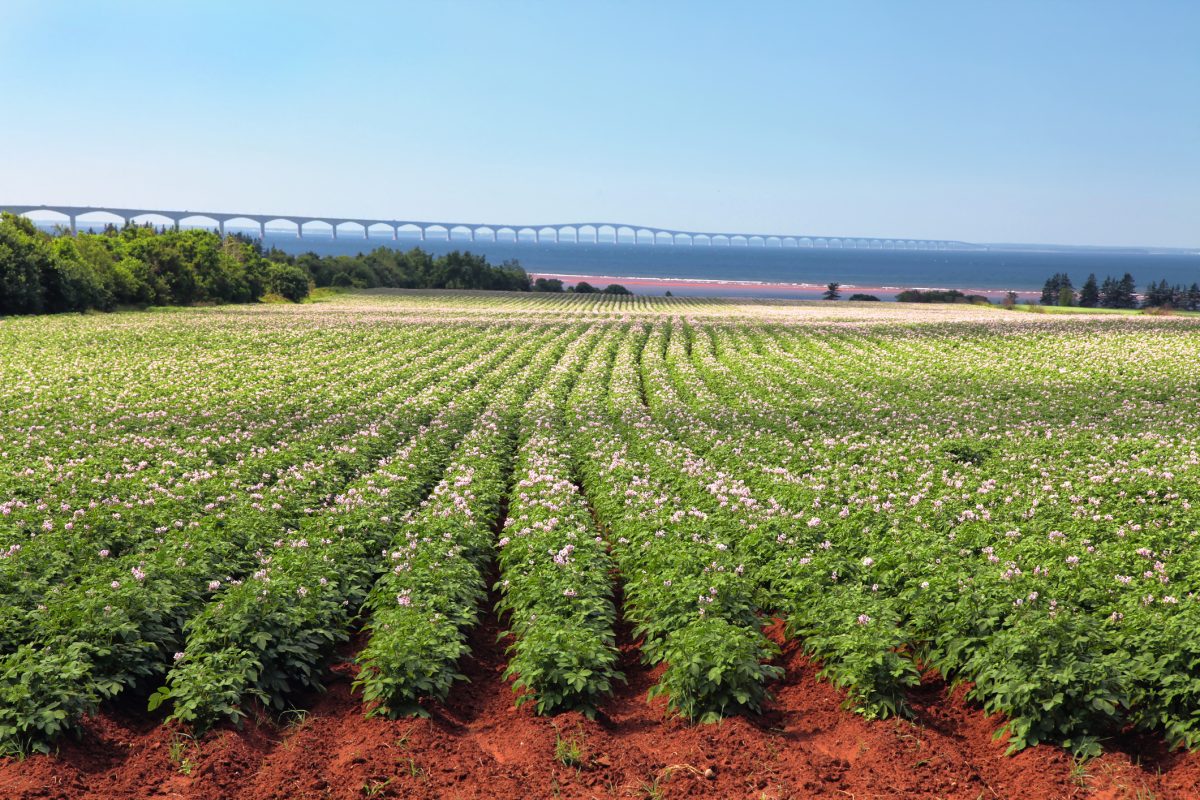MarketsFarm — Higher-than-normal temperatures and continued demand for feed have caused prices for Alberta feed barley and feed wheat to increase over the past few weeks. However, that demand has pulled back somewhat.
According to Prairie Ag Hotwire data from Wednesday, high-delivered bids for Alberta feed barley were at $7.84 per bushel, 48 cents higher on the week and 33 cents higher on the month. Alberta feed wheat was trading as high as $9.93/bu., 68 cents more than last week and 54 cents more than last month.
“As we get closer to new crop, the prices are going up because I don’t think there’s enough. I think there’s more wheat around, but barley? Definitely not,” said Mike Fleischhauer, trader for Eagle Commodities in Lethbridge.
Read Also

CFIA looks for feedback on proposed seed potato rule changes
The Canadian Food Inspection Agency is looking for public and industry input on proposed amendments to regulations around seed potatoes.
Despite a week’s head start in planting, he said, dry growing conditions may result in reduced yields.
“I think between now and new crop, there’s going to be a shortage. But we still have a lot of feedlots still actively buying wheat and barley.”
Unlike the eastern Prairies, precipitation has been varied across Alberta. Southeastern Alberta has experienced dryness, but other areas in the southern part of the province have received good amounts of rain.
“The crops definitely are what they were last year with not as much rain coming earlier on and no heat, and then the heat coming all at once,” Fleischhauer said.
Ironically, the weather has created the potential for more feed to enter the market due to reduced grain quality. Despite this, he expects feed grain prices to remain high over the next month or so.
“I think you’re going to have lots more wheat and barley that are going to be in the feed market (rather) than milling and export grade, just because of the heat and the lack of water,” Fleischhauer said.
“Everyone is just overly cautious because they don’t know what’s going to happen…But there are more acres affected by drought this year than last year for sure.”
— Adam Peleshaty reports for MarketsFarm from Stonewall, Man.
















